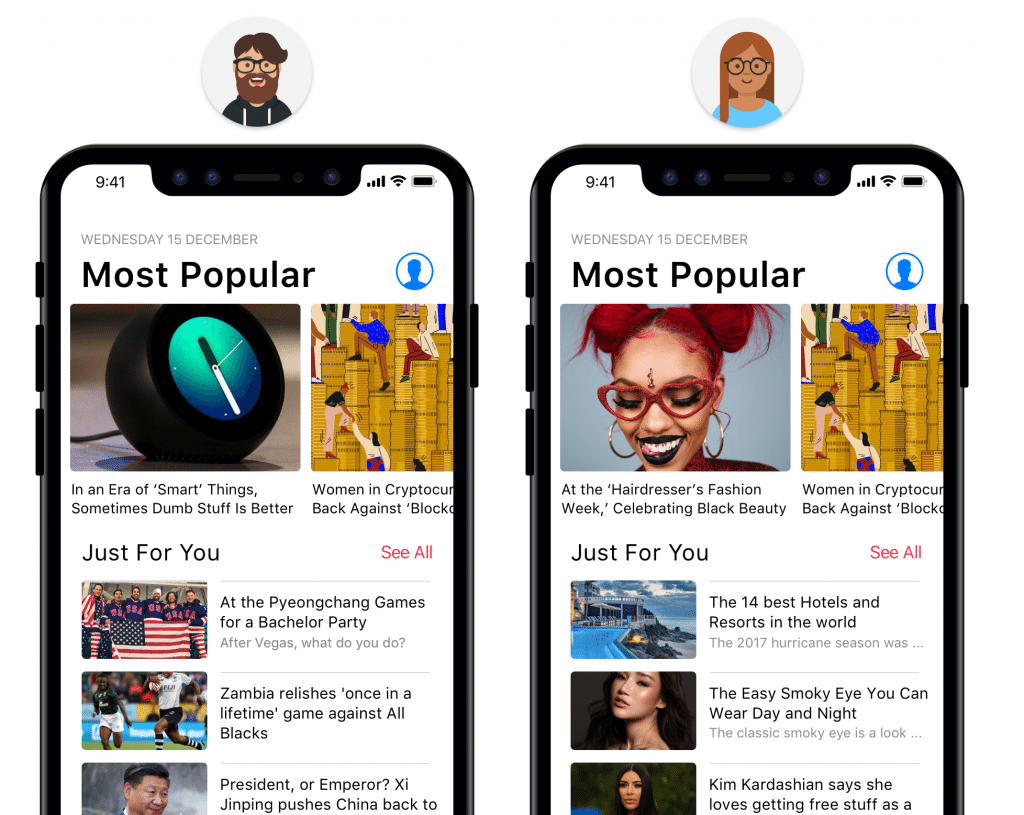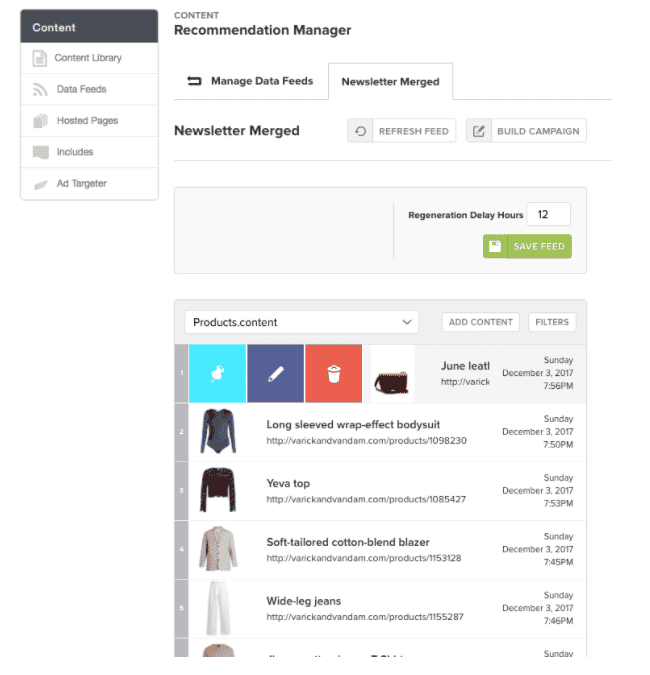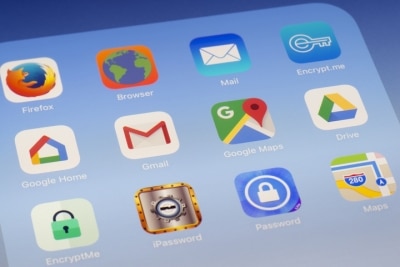Article
Moving Beyond Mobile Segmentation: Introducing Mobile Personalization
April 19, 2018

Heraclitus famously said, “You never step in the same river twice.” The same can be said about markets. Every day brings new products and the evolution (or death) of old ones as business needs change.
With that in mind, we’ve always tried to be ahead of the curve, especially regarding personalization. When the “batch and blast email” route with basic segmentation was still commonplace, we offered user-level email personalization. Today, mobile messaging platforms and mobile marketers alike tend to refer to both segmentation and liquid templating as personalization. Variable-driven liquid templating determines app offers, which are segmented based on goal completion.
That is personalization but it’s not the Holy Grail. What sets Sailthru apart is the way data science is the centerpiece of our product design, bringing our personalization and predictions to the forefront. This is how we help marketers engage at the speed of life, not the speed of business.
Our ultimate goal is to redefine how mobile marketers approach personalization. Here’s how our personalization platform is allowing us to do that.

Redefining Mobile Personalization
That means that within an app, all content can be dynamically customized in real-time with data from every channel informing every mobile engagement. The data powering that personalization comes from mobile. But unlike most other mobile marketing solutions, we also incorporate data from people’s email and web activity. Diversity in data gives us a more complete picture of consumers, allowing us (and you) to create better, more accurate personalized experiences.
The diversity in data also gives us the opportunity to tap into consumers’ true behaviors versus what consumers self identify as their interests and behaviors.
Think of the Friends episode where the men and women played the quiz game to see who knew each other better…
“Rachel claims this is her favorite movie…”
“Dangerous Liaisons”
“Her actual favorite movie is…?”
“Weekend at Bernie’s”

For many marketing solutions, personalization is based on explicit user preferences. We also take “wisdom of the crowd” into consideration, recommending content or products based on what’s popular with similar users. Think of the “If you like this, you might like this” or “Others who bought this also bought that” recommendations that are common on Amazon.
Most importantly, working with different layers of data benefits everyone. By cross-referencing the different channels, we can see that someone already read a story from an email. We then know not to suggest that article on mobile — the end-user isn’t going to click on it, so it’s a missed opportunity. That’s a pageview you’ll never get, hurting you and your advertisers. On the surface, this doesn’t seem to be as applicable to retailers. But it is. Isn’t “the pair of shoes following you all over the Internet” the classic example of targeting gone wrong? How much more annoying is it when you’re being cyber-stalked by something you purchased yesterday?
What’s Possible with Marigold Engage by Sailthru: Personalized App Content and Push Notifications
Thanks to our integration with Carnival.io, we enhanced our mobile offerings earlier this year. We provide marketers, both retail and publishing, with all the functionality of Site Personalization Manager embedded into mobile apps. Users see either a shopping or articles section, all personalized.
At the same time, our products still allow marketers to have some editorial control. Are you an editor with a big story you want read, or a retailer with a specific product or sale coming up? The personalized algorithm won’t affect your ability to promote them.

Retail apps sometimes call for customers to specify their gender, which dictates some of the content and product recommendations. Our integrations and multiple layers of data give us a better, more sophisticated sense of the end-user as we redefine personalization.
What’s next? Personalized push notifications, which we’re excited to roll out very soon. Our customers can dynamically personalize images, content and links, depending on the recipient, in order to deploy one-to-one communications based on each consumer’s individual preferences and data.
The State of Brand Loyalty in the U.S. in 2023
Related



